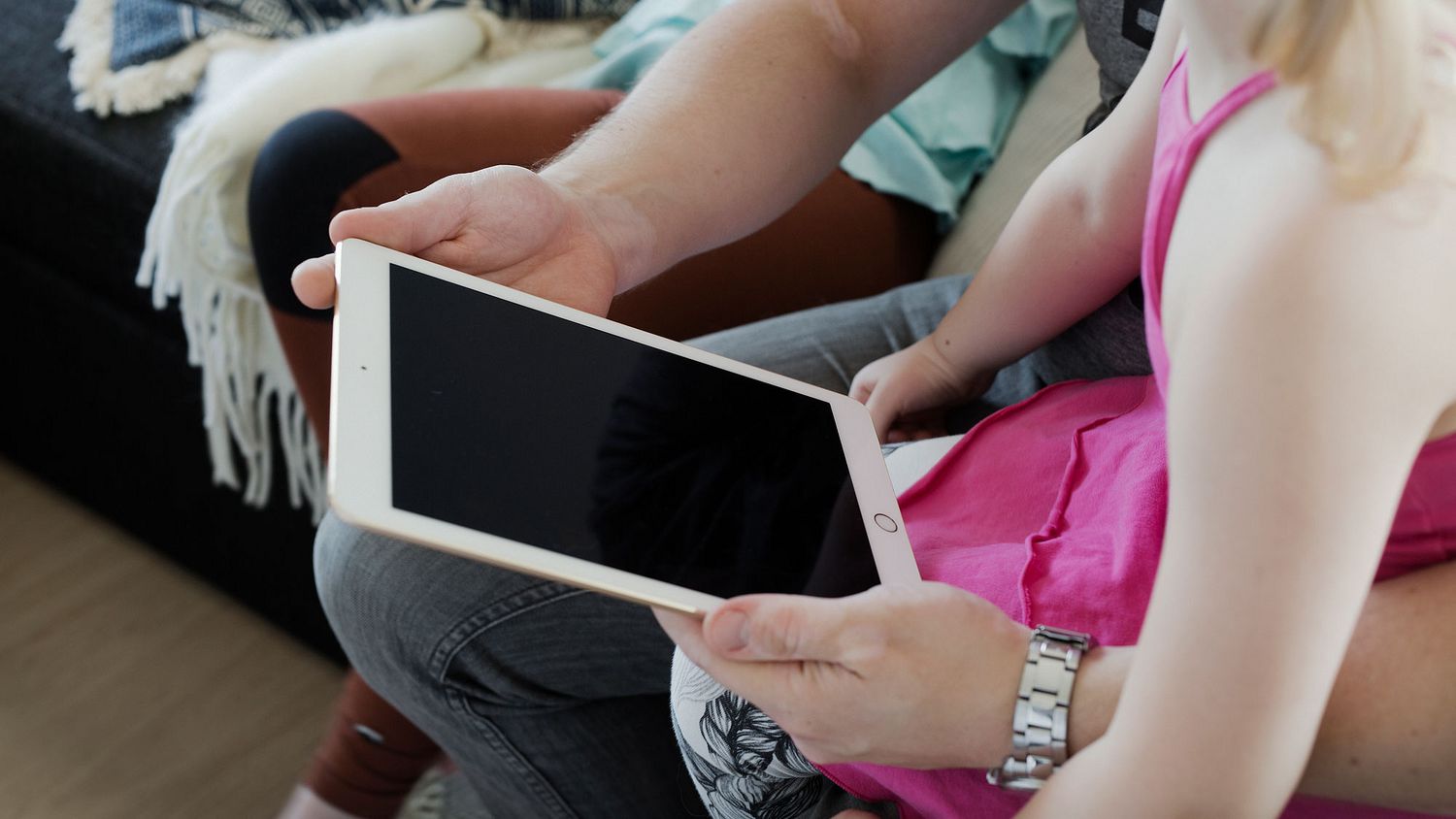
There’s a temperature sensor in my home. What should I know about it?
Around 21,000 SATOhomes are equipped with a temperature and humidity sensor that collects data on indoor temperature and air humidity. SATO Building Technology Manager Robert Andersson explains how the sensor works and how residents can monitor their indoor temperature.
How does the temperature and humidity sensor work?
The sensor collects data on the temperature and humidity of the room and transmits this data to the system. Artificial intelligence is used to process the data and to adjust the temperature of the apartment accordingly. The system learns more all the time, which means that the accumulating data can be used to anticipate changes in seasons and usage and to keep the temperature as constant as possible.
For residents, the sensor is completely care-free.
According to Robert, the only thing that residents need to do is to ensure that the sensor is not covered and that no heat-emitting electrical equipment is placed close to it to distort the data collected by the sensor. Information security is not an issue because the sensor cannot collect any data on residents.
Why did the temperature in my home fall after the sensor was installed?
The sensors have no direct effect on indoor temperature. In some homes, indoor temperature may have fallen after the installation of the sensors because SATO has started to monitor and adjust temperatures more closely to match the recommended temperature of 20–21 °C.
How does SATO monitor indoor temperatures in apartments?
“SATO Service Managers keep a regular eye on the temperature data of their buildings and respond to any changes as necessary,” Robert says. The system also sends out an automatic alert in case of big, sudden changes in temperature or humidity.
Why has SATO started using temperature and humidity sensors?
Temperature and humidity sensors can help enhance residents’ comfort in SATOhomes, as the data provided by the sensors helps detect and fix problems before they even become noticeable to residents. Energy savings can also be achieved when artificial intelligence learns to even out energy consumption.
Check your indoor temperature in OmaSATO
SATOhome residents do not need to own an indoor thermometer.
Resdients can log on to OmaSATO and check their indoor temperature with a few clicks under My home.
Besides the current temperature, OmaSATO also shows a record of changes in temperature over the past week. “If the temperature appears to stay the same without even the slightest changes, the sensor battery may have died. If so, please let us know so that we can check the sensor to see that it’s working properly,” Robert advises.
FAQ ON HEATING IN THE HOME
1. Why aren’t the radiators turned on earlier in the autumn?
There is no hard and fast date for turning on the radiators.
The radiators will start to heat up when the sensor indicates that the temperature in the room is falling below the recommended temperature.
“In early autumn in particular, after outdoor temperatures start to fall from summer, many people feel cold in their home. It’s mostly a question of getting used to the temperature, because after a warm summer, even 21 degrees can at first feel a little chilly,” Robert says.
2. My home is too cold, what can I do?
“Draughts often make the indoor temperature feel colder than it really is. You should always check your windows for draughts, and send in a defect report if necessary,” Robert says. “However, you must never block the ventilation air valves, because good air circulation is vital to healthy indoor air.”
According to Robert, it’s also important to have enough free space in front of the radiators and to keep furniture and curtains well away from the radiators. The thermostat on a radiator behind a curtain, for example, may interpret the room temperature to be just right, and consequently turn the radiator off. If you have no heat at all in your radiators, send in a defect report.
3. For me, 20 degrees is too cold. Could my apartment be kept warmer?
People have different temperature preferences. What is ideal to one may feel too cold to another. The target temperature for all SATOhomes is 20–21 °C, which is the recommended healthy and energy efficient temperature for homes. Indoor temperatures cannot be made higher or lower than recommended.